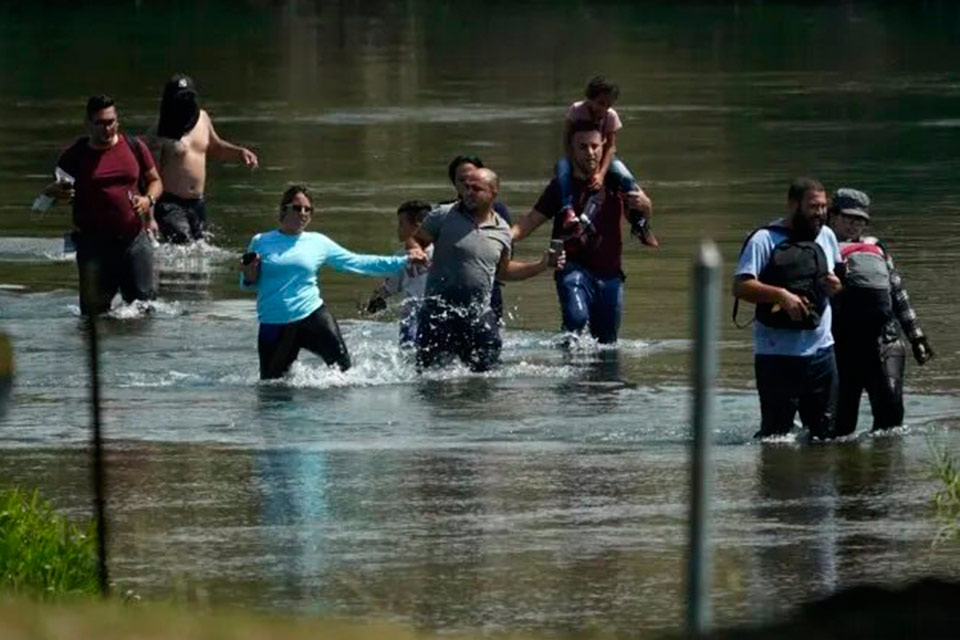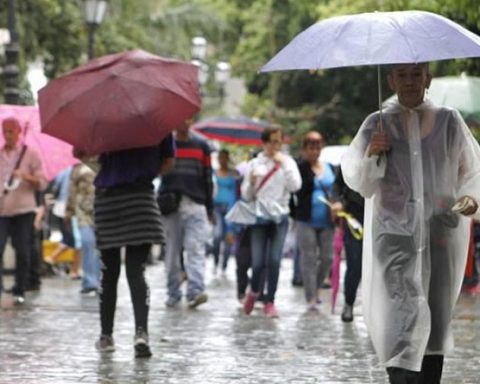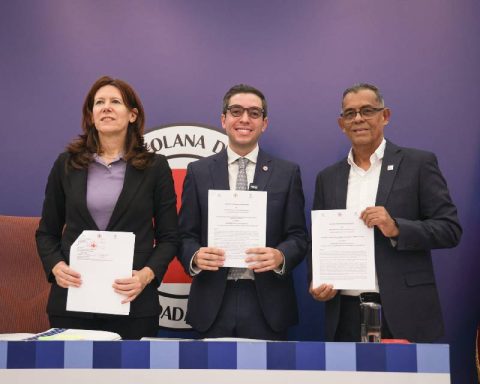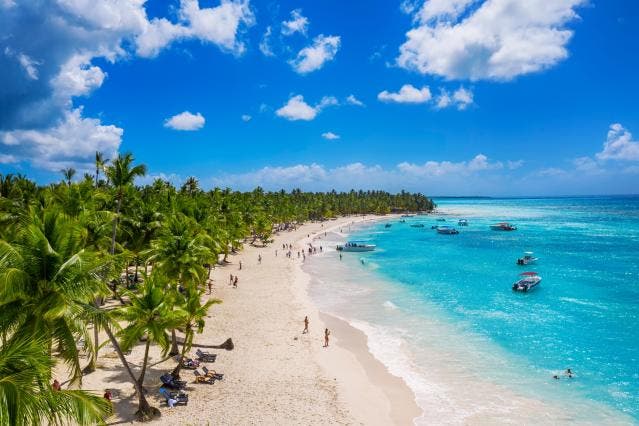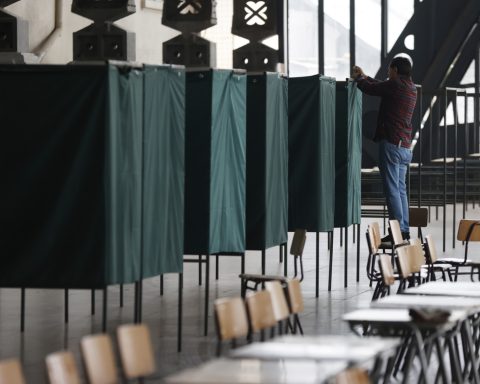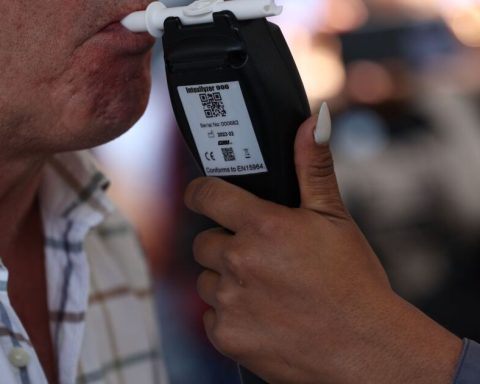In an interview with Voice of America Eduardo Stein, joint special representative of the United Nations High Commissioner for Refugees (Acnur) and the International Organization for Migration (IOM), explained that last year more than 248,000 migrants crossed the Darien jungle , according to data from the Panamanian government. He indicated that the majority of people who made up the migratory flow that made the route were Venezuelans, followed by migrants from Ecuador, Haiti, Cuba and Colombia.
During 2022, there was unprecedented Venezuelan migration to the north of the Americas and it could grow this year, said Eduardo Stein, joint special representative of the United Nations High Commissioner for Refugees (UNHCR) and the International Organization for Migration (IOM) for refugees and migrants from Venezuela.
“There had not been pressure from Venezuelan emigration to the north to reach the United States, as it was in 2022 and, probably, it will grow in 2023,” said the official in an interview with the Voice of America.
*Read also: Government of Maduro will sign an agreement with Poland to bring tourists to the island of Margarita
The official said that until a few months ago the Venezuelan migratory flow had been concentrated in neighboring countries and some Caribbean islands. But, now, they are concentrated in Central American countries and include dangerous passages, such as the Darien Gap, between Colombia and Panama, on a journey in search of the American dream.
Migration in 2022: crisis in the Americas
But the joint special representative of UNHCR and IOM also insisted that “it is no longer just about the Venezuelan population, but about other nationalities,” since the phenomenon of Venezuelan migration “began to vary with great speed, adding people of other nationalities.” .
In this sense, “Central American countries have seen the need to reach minimum agreements to facilitate transit through Central America to the closest neighboring country to Mexico,” which Stein points out represents one of the greatest challenges for that this part of the continent has to face.
Regarding the crossing that some migrants face through the Darién Gap, Eduardo Stein warned about how young people, from indigenous populations, become “functional guides and even with motorcycles prepared for difficult roads in the Panamanian jungle.”
In addition to the “terrible harassment” to which migrants are exposed by traffickers. So that “for the entire region, it is a co-responsibility to be able to attend to these flows, but in such a way that the basic rights of each person who is attempting these crossings can be protected at all times.”
What situation is facing the migratory flow of Venezuelans “trapped” in Guatemala?
In 2022, more than 248,000 migrants crossed the dangerous Darien jungle, according to data from the Panamanian government. The majority of people who made up the migratory flow were Venezuelans, followed by migrants from Ecuador, Haiti, Cuba and Colombia.
Kenzo Moricagua, a Colombian migrant, told VOA that on his way to the United States, he had to pass through the Colombian city of Medellín and then reach Necoclí. «From Necoclí I took a boat that left me in Capurganrá, from Capurganá I started walking in the jungle of Panama».
He spent six days in the jungle of Panama, he says, and while there, he traveled to Costa Rica until he could reach Guatemala. There, this 35-year-old migrant is dedicated to selling sweets.
According to figures from the US Border Patrol. The number of migrants from Nicaragua, Cuba and Haiti, on the border between Mexico and the United States, has increased.
Regarding the death figures for these steps, the UNHCR and IOM representative said that it is a challenge to determine the deaths in the middle of the jungle and the causes that lead to it.
What comes from the migratory flow
Stein recalled that a little more than 6 million Venezuelans are in 17 countries in Latin America and the Caribbean and highlighted how host countries continue to work to provide dignified care to this migrant population, even after the impacts of the coronavirus pandemic. COVID-19.
“If only a few are served, the problem of xenophobia arises almost instantly.” So, according to the representative, it is necessary to attend not only the immediate needs, but to integrate them into the local population and, for this, “regularization processes are absolutely essential”, highlighting, for example, the work of Colombia in this regard .
As for 2023, Stein told VOA that the United Nations High Commissioner for Refugees (UNHCR) and the International Organization for Migration (IOM) released, a few weeks ago, a biannual regional plan “to be able to strengthen the bridge between immediate attention to humanitarian aspects and attention to opportunities for economic integration in the host communities, in the countries of the region”.
Although he clarified that “there are no very clear or precise signs that the flow is going to decrease,” there are groups of people who are trying to return to Venezuela, but quite small numbers, compared to the millions that continue to leave.
In this sense, he mentioned the agreement between the European Union and Canada to convene a solidarity meeting with Venezuelan migration and the need for Venezuelan refuge, in March.
Despite the conflicts that occur in other parts of the world, such as the war in Ukraine, Stein emphasizes that “the interest of international donors and cooperators to continue supporting this population has not diminished, especially in the chance to put down roots productively in host communities.”
Post Views: 494
